This tutorial is the second post in a four-part series about map text in ArcGIS Pro. You can find all tutorials here:
- Part 1: Labels
- Part 2: Annotation
- Part 3: Knockouts and Map Notes
- Part 4: Layout Text
Today we’ll take on annotation. You can follow along with Darwin.ppkx (using “Labelled Map”). If you didn’t do the labeling tutorial first, that’s okay; you can start here if you want.
This tutorial was tested and updated on October 3, 2022 with ArcGIS Pro 3.0.
What is annotation? It’s basically labels that you have full control over. They act like features—because they are features! They’re stored in an annotation feature class. They even have attribute tables.
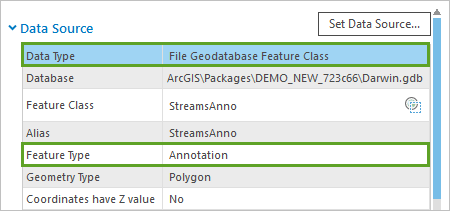
And most importantly, you can edit each individual annotation feature so it is positioned, sized, and styled exactly how you like.
Annotation is how you go from something like this:

To something like this:

Let’s dive in.
Open Darwin.ppkx and open Labelled Map.

You’re about to convert the labels on this map into annotation, but only those labels that are in your current map extent will be included, so if you can’t see the entire map right now, right-click the pink MapExtent layer in the Contents pane and choose Zoom to Layer.
On the ribbon, on the Map tab, click Convert and choose Convert Labels To Annotation.
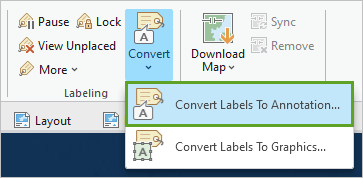
In the Geoprocessing pane, for Output Geodatabase, choose darwin.gdb and click Run.
A new group layer, named GroupAnno, is added to your Contents pane.
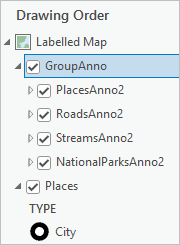
Your map looks no different because labeling has been turned off for all of the layers and replaced with the new annotation layers—ready for editing.
On the ribbon, on the Edit tab, click the Move button.

Click a piece of text and drag it into a better position. Click Finish on the toolbar when you’re happy with the placement.

I think that Point Farewell could also be improved with some center alignment.
If necessary, select the Point Farewell label on the map (in the south-east corner of Van Diemen Gulf). On the ribbon, click Attributes.

In the Attributes pane, under Annotation, click Center and click Apply (or check Auto Apply).

Next, let’s fix a river label. Zoom to the West Alligator River in Kakadu National Park.
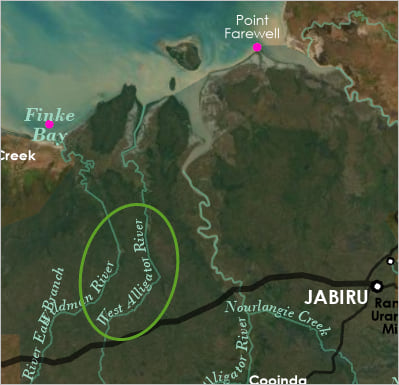
Your text may look different than in these images. That’s okay.
On the ribbon, click the Annotation tool.

Click the West Alligator River text.
This piece of annotation happens to be multipart text. You can move each word individually. However, your goal is to create a river label with a simple curve. As with all other things cartographic, simple is almost always better.
Right-click the text and choose Convert to Single Part.

The text is now all in one curve, but it has too many vertices to be considered simple. Right-click the text again, point to Curvature, and choose Horizontal.

Right-click again, point to Curvature again, and this time choose Curved.
On the ribbon, click the Edit Vertices tool.
Now you have a nice, simple, two-point curve. Move those points around to create an elegant spline that hugs the river.
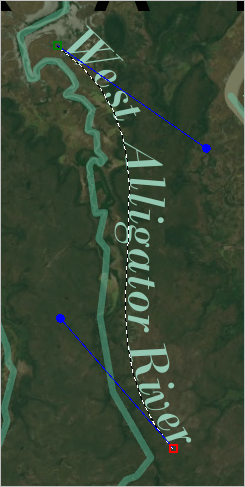
Click the Finish button and save your edits.
Next, let’s label Kakadu National Park.
Select the KAKADU N.P. text and open the Attributes pane.
This park is much bigger than the others, so you can get away with larger text. Change the font size to 12. In the text box, replace N.P. with NATIONAL PARK and stack the words.
Click Symbol to access more text properties.

Under Formatting, change Letter spacing to 200%.

Click Apply twice.
Now your label is much larger without the font itself being too large. But it still doesn’t convey the expanse of the park very well.
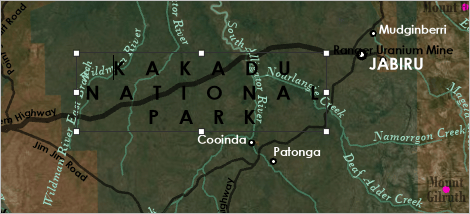
With the Annotation tool selected, right-click the text and choose Convert to Multiple Parts.
Now you can drag each word around until they are spread across the park.

Don’t be too precious with the placement of these words just yet. By the time you’ve rearranged all the other labels in the park, they’ll need to be moved again.
Save your edits and save your map.
All right. It’s time to work on Darwin.

Every map is going to have a place that looks like this. It just might be the biggest difference between maps of fantasy worlds and maps of the real world. The real world likes to put all of the important things in the same place.
What you need to do is eliminate many labels. If you’re going to do that properly, you need to research the area to find out which labels are important and which are not. You can look at other maps in atlases or on the internet to guide you. I have already done this work for you on the place-names. (And my apologies to the people of Darwin if I chose poorly!) But there are still plenty of river and road labels for you to delete.

But what if the thought of deleting features makes you uncomfortable? You can remove annotation from your map without deleting.
Select a piece of text that you don’t want to show on the map and open the Attributes pane.

In the lower half of the pane, click the Attributes tab. Update the Status attribute to Unplaced and click Apply.
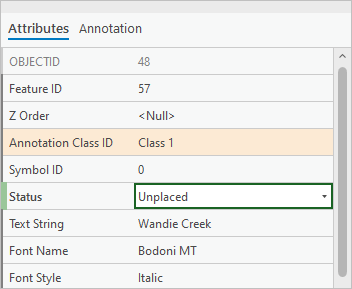
The text will disappear from the map. If you want to review the annotation you removed in this manner, open the Symbology pane for the annotation layer and check Draw unplaced annotation.
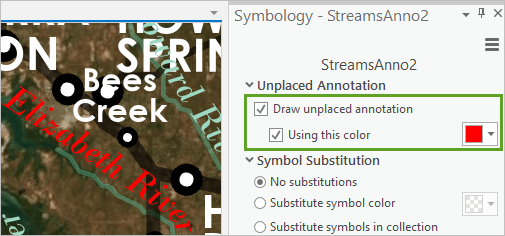
Tip: This is also where you’ll find missing text if you didn’t choose the Never remove option when you were setting up labeling properties.
Even with heavily thinned labels, many compromises will have to be made. For example, the ideal place to put a point label is to the upper right.
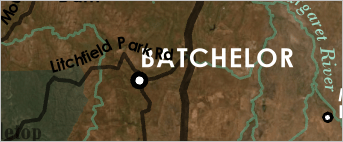
But not if it interferes with other labels. The next best place is to the upper left.
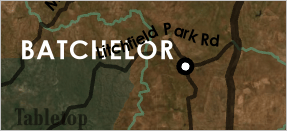
Of course, the overlapping road label could also be moved. But the Batchelor label would still be crossing over multiple roads and a river, which is not ideal. So we’ll try position number 3: the lower right.
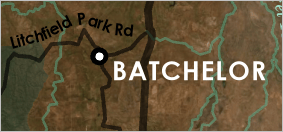
It’s still crossing too many lines. The fourth-best option is the lower left. And I think this one is slightly better than the last.
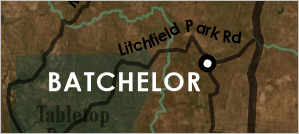
In the example above, you can also see how matching label color to feature color really helps in crowded label scenarios. Here it is clear that the white label goes with the white point and not with the green park.
Once you’ve resolved all of the conflicts and compromises (don’t expect it go quickly), you can turn off the pink dots and admire your lovely annotated map.

You can refer to the Annotated Map in the same project for examples.
In my next post, I’ll show you how to make knockouts for labels that cross over roads or other lines. You can find all four parts of this series here: Map text in ArcGIS Pro.

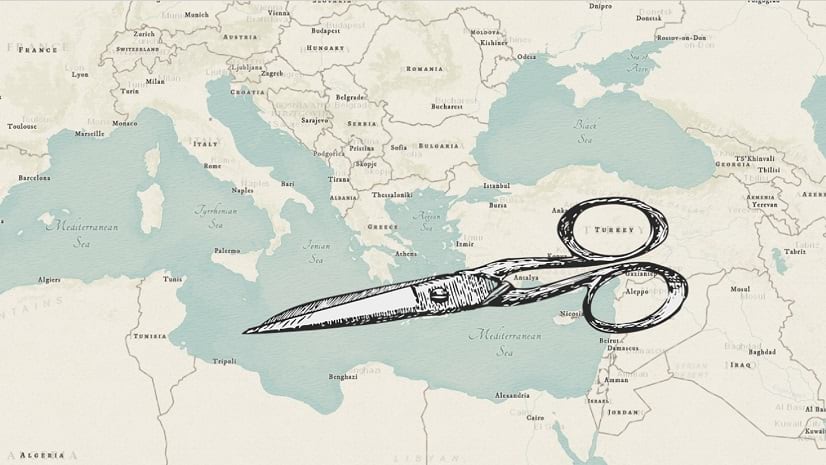
Commenting is not enabled for this article.